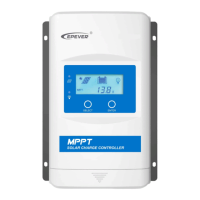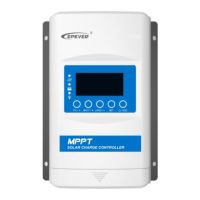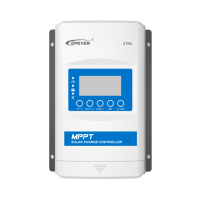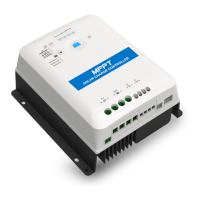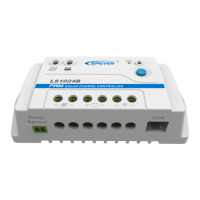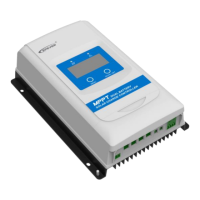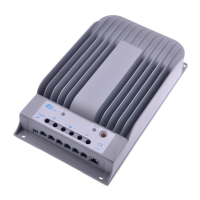What does it mean when the PV/BATT(orange)/Battery capacity level indicator is fast flashing on my Epever XTRA4210N Controller?
- NNichole FisherSep 18, 2025
A fast flashing PV/BATT(orange)/Battery capacity level indicator on your Epever Controller signifies that the controller is overheating. The controller will automatically cut off input and output circuits when the heat sink temperature exceeds 85°C. It will resume working when the temperature drops below 75°C.



